Imagine walking through narrow Italian streets completely transformed into vibrant works of art made entirely of flower petals. That’s exactly what I experienced during my first visit to Spello’s Infiorata Festival in Umbria.
This spectacular flower festival takes place during the feast of Corpus Domini. It turns the entire town into a living canvas where locals create intricate floral masterpieces that carpet the streets.
The tradition dates back to medieval religious processions, though some sources suggest the modern festival began in the 1930s. I was mesmerized watching teams of artists working through the night, carefully placing petals to form elaborate designs.
The dedication is incredible. Some participants spend months collecting and drying flowers to ensure they have enough materials for their displays.
What struck me most was how the entire community comes together for this event. Young and old work side by side, creating these ephemeral works of art that will last just hours before the religious procession walks over them. The contrast of such painstaking work being so temporary feels deeply meaningful – a reminder that beauty doesn’t need to be permanent to be worth creating.
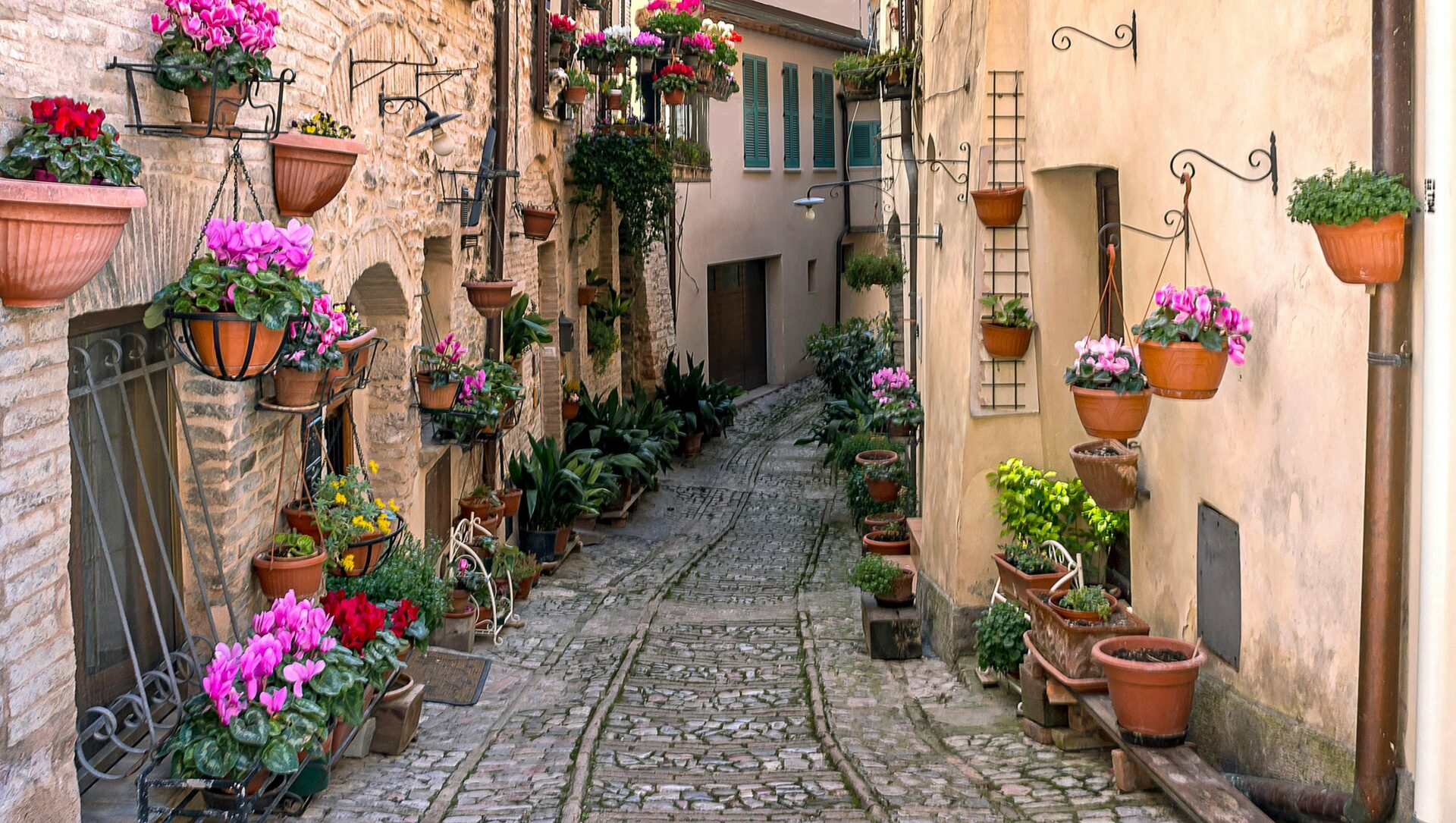
The Enchantment of Spello’s Streets
Walking through Spello during the Infiorata festival feels like stepping into a living painting. The cobblestone pathways transform into stunning floral carpets that showcase both religious devotion and artistic mastery.
A Brief History of Infiorata
The Infiorata tradition in Spello began in the 1930s, inspired by a simple act of devotion. An elderly woman created a small floral design outside her doorway to honor Christ during the Corpus Domini celebration. This humble beginning blossomed into the town-wide festival we see today.
Over the decades, the tradition grew as more residents joined in, expanding from single doorways to entire streets. What started as simple religious symbols evolved into elaborate artistic displays that now attract visitors from around the world.
The festival gained international recognition in the 1990s and today involves hundreds of local artists who work tirelessly for days to prepare their masterpieces. Some families have participated for generations, passing down techniques and secret methods for preserving flowers.
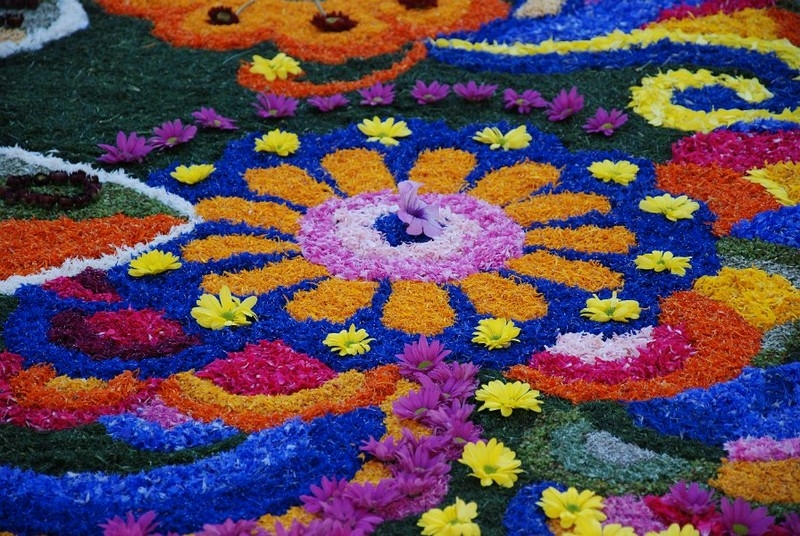
The Artistic Spirit of the Town
Spello transforms completely during the Infiorata. The normally peaceful streets buzz with activity as teams of artists work through the night to complete their floral carpets before dawn.
Artists use only natural materials – flower petals, leaves, seeds, and berries. The palette they create is stunning: vibrant reds from poppies, yellows from broom flowers, and purples from irises. Each team carefully sorts petals by color and size to achieve remarkable precision.
What struck me most was the community spirit. Neighbors share flowers and techniques while competing for the most beautiful design. Many artists spend months planning their compositions, drawing detailed sketches before the event. Despite the competition, there’s a wonderful sense of shared purpose and town pride that fills the narrow medieval streets.
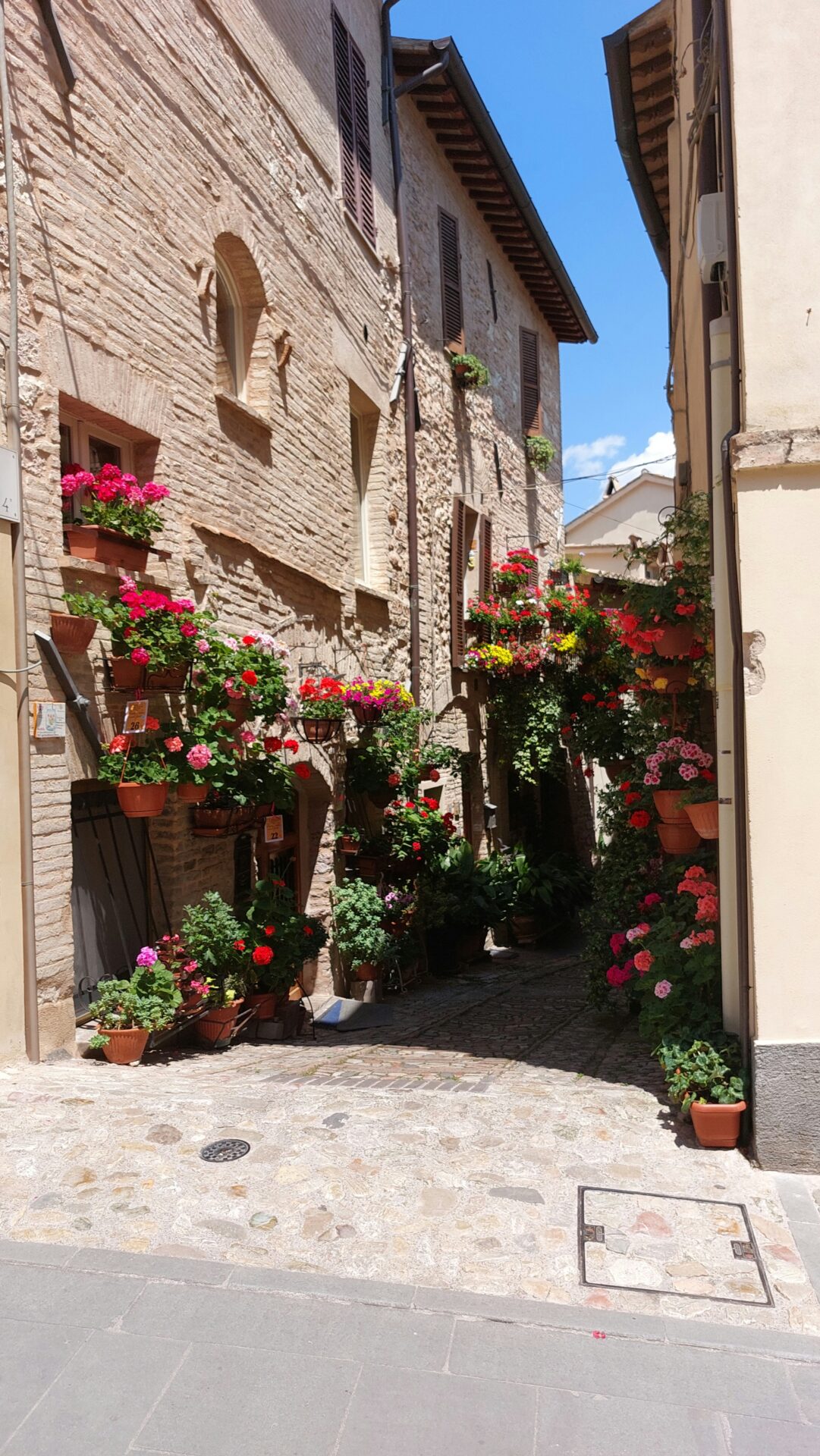
Planning Your Visit to Infiorata
Attending Spello’s Infiorata requires some preparation to fully enjoy this remarkable flower festival. The event draws visitors from around the world who come to witness the town’s streets transformed into vibrant floral masterpieces.
Best Time to Attend
The Infiorata takes place during the feast of Corpus Domini, which typically falls in late May or early June. In 2025, I recommend arriving in Spello very early on the morning of the festival. Based on visitor experiences, getting there around 8 AM is ideal, as this is when artists remove the covers from their completed works.
The night before is magical too. I’ve wandered through the narrow streets watching the “infioratori” (flower artists) meticulously crafting their designs throughout the night. This behind-the-scenes experience offers a unique perspective on the incredible dedication involved.
The flower carpets remain intact until the religious procession passes through, so timing is everything.
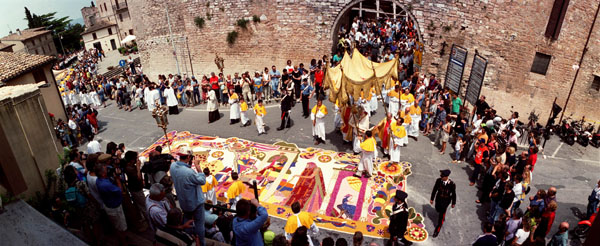
Accommodations and Reservations
Book your accommodations at least 6-8 months in advance. This small Umbrian town fills up quickly for the Infiorata weekend. I learned this the hard way during my first visit!
Staying in Spello itself offers the best experience, as you can easily walk to see the flower displays at different times. Some options include:
- Small boutique hotels within the historic center
- Agriturismi (farm stays) just outside town
- Vacation rentals through platforms like Airbnb
If Spello is fully booked, consider nearby towns like Assisi or Foligno, both within a 15-20 minute drive.

Navigating the Flower-Covered Pathways
The historic center of Spello becomes primarily pedestrian-only during the festival. I suggest wearing comfortable shoes as you’ll be walking on cobblestone streets and possibly standing for extended periods.
Start your exploration from the town’s main entrance and follow the natural flow of visitors. The flower carpets typically line the main streets and smaller alleyways throughout the historic center.
Early morning offers the best viewing experience with fewer crowds and perfect lighting for photos. I always carry:
- Water bottle
- Sun protection (hat, sunscreen)
- Camera with extra batteries
- Small cash for local vendors selling refreshments
The atmosphere is respectful and reverent, as these are religious artworks. Move slowly and be mindful not to disrupt the displays or the upcoming procession.
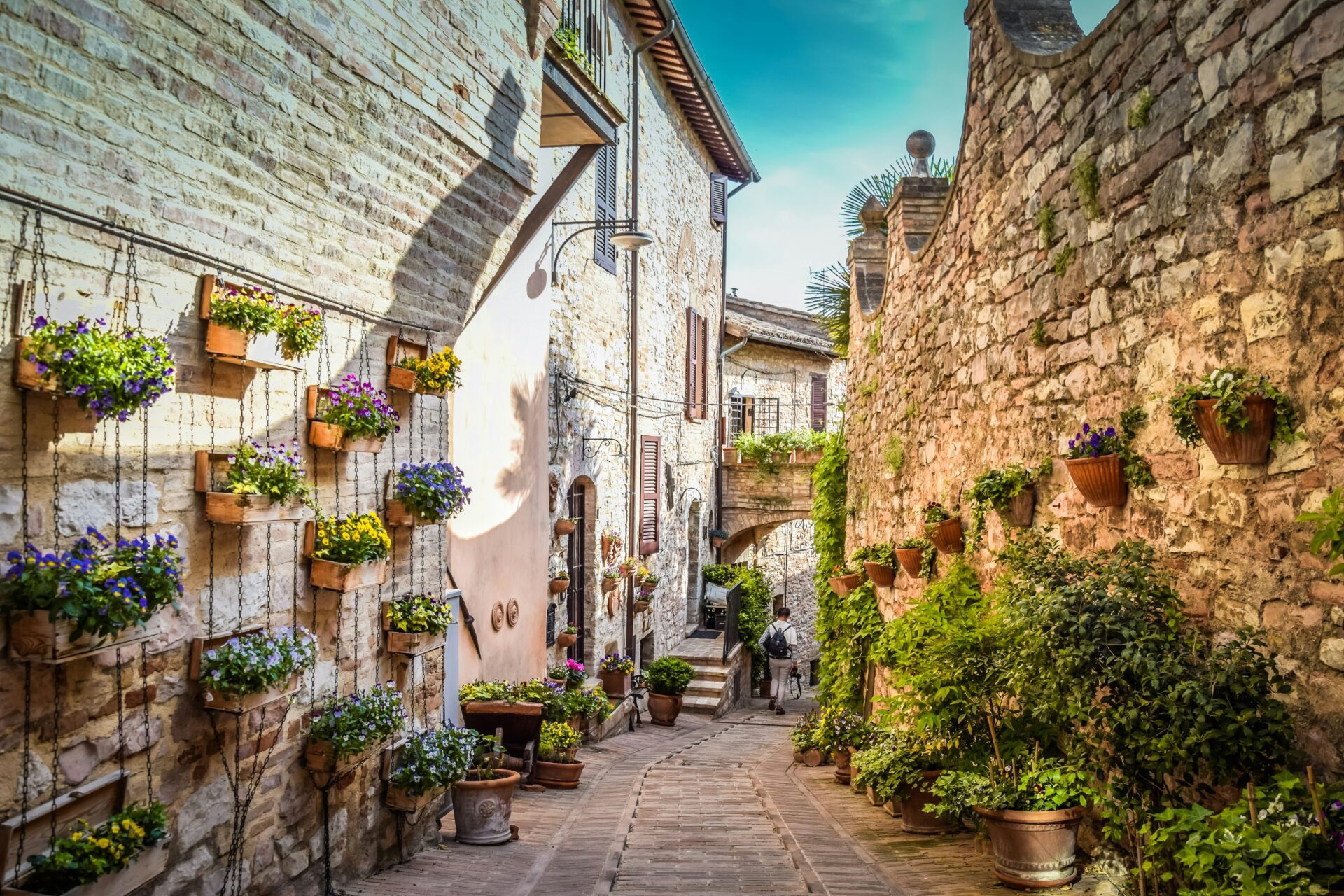
The Infiorata Experience
Standing among the floral masterpieces of Spello’s Infiorata festival was like stepping into a living art gallery where the streets themselves became canvases. The sweet fragrance of thousands of flowers filled the air as artists and visitors alike celebrated this unique tradition.
The Procession and Street Transformation
I arrived in Spello before dawn to witness the final touches being applied to the elaborate flower carpets. Local artists had worked through the night, meticulously placing petals, seeds, and leaves to create stunning designs across the cobblestone streets.
Every available space transformed into a vibrant tapestry. The normally peaceful town buzzed with activity as teams of artists knelt on the ground, working with focused precision.
What struck me most was the ephemeral nature of these masterpieces. These works of art, representing months of planning and gathering flowers, would last only hours before the religious procession passed over them.
The highlight came when the Corpus Domini procession began. Church officials walked carefully across the floral carpets, blessing the artwork and communities who created them. The petals scattered slightly with each step, a beautiful symbol of impermanence.

Cultural Significance and Celebrations
The Infiorata dates back to the 1930s, beginning with an elderly woman who created a floral tribute to Christ. This tradition blends religious devotion with artistic expression in a uniquely Italian way.
For Spello’s residents, the festival represents their community identity and religious heritage. Families participate together, passing down techniques and designs through generations.
Beyond the religious aspects, the festival has become a cultural cornerstone for the region. Music fills the squares as local food vendors serve traditional Umbrian specialties.
I joined locals at a community feast that evening. We shared plates of handmade pasta while they explained how they’d spent months collecting and drying specific flowers to achieve just the right colors for their designs.
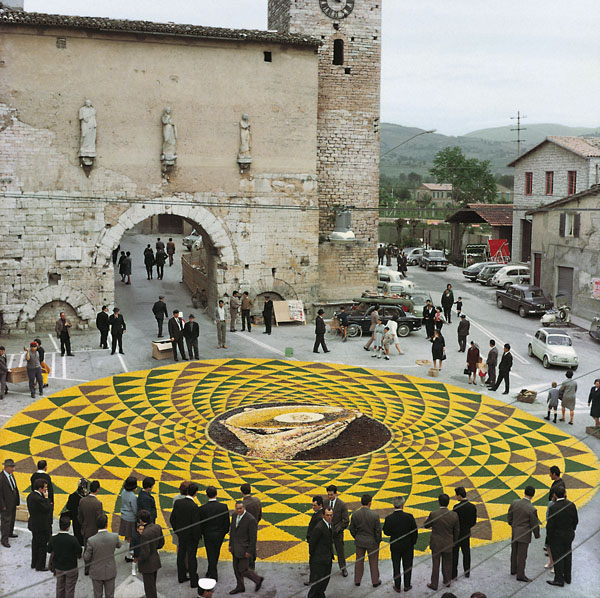
Interacting with Local Artists and Residents
The artists welcomed my questions, proudly explaining their techniques. One elderly gentleman showed me how they create outlines using coffee grounds and seeds before filling in with delicate petals.
Many teams had worked on their designs for months. They invited me to help place a few petals, an honor I won’t soon forget. My clumsy attempts earned good-natured laughter from the skilled artisans.
“The flowers speak their own language,” explained Maria, a lifelong Spello resident. She pointed out how different flowers created various textures and dimensions in the artwork.
I exchanged contact information with several artists, promising to return next year. The genuine warmth of Spello’s residents made this more than just a tourist experience—it felt like being welcomed into a family tradition.
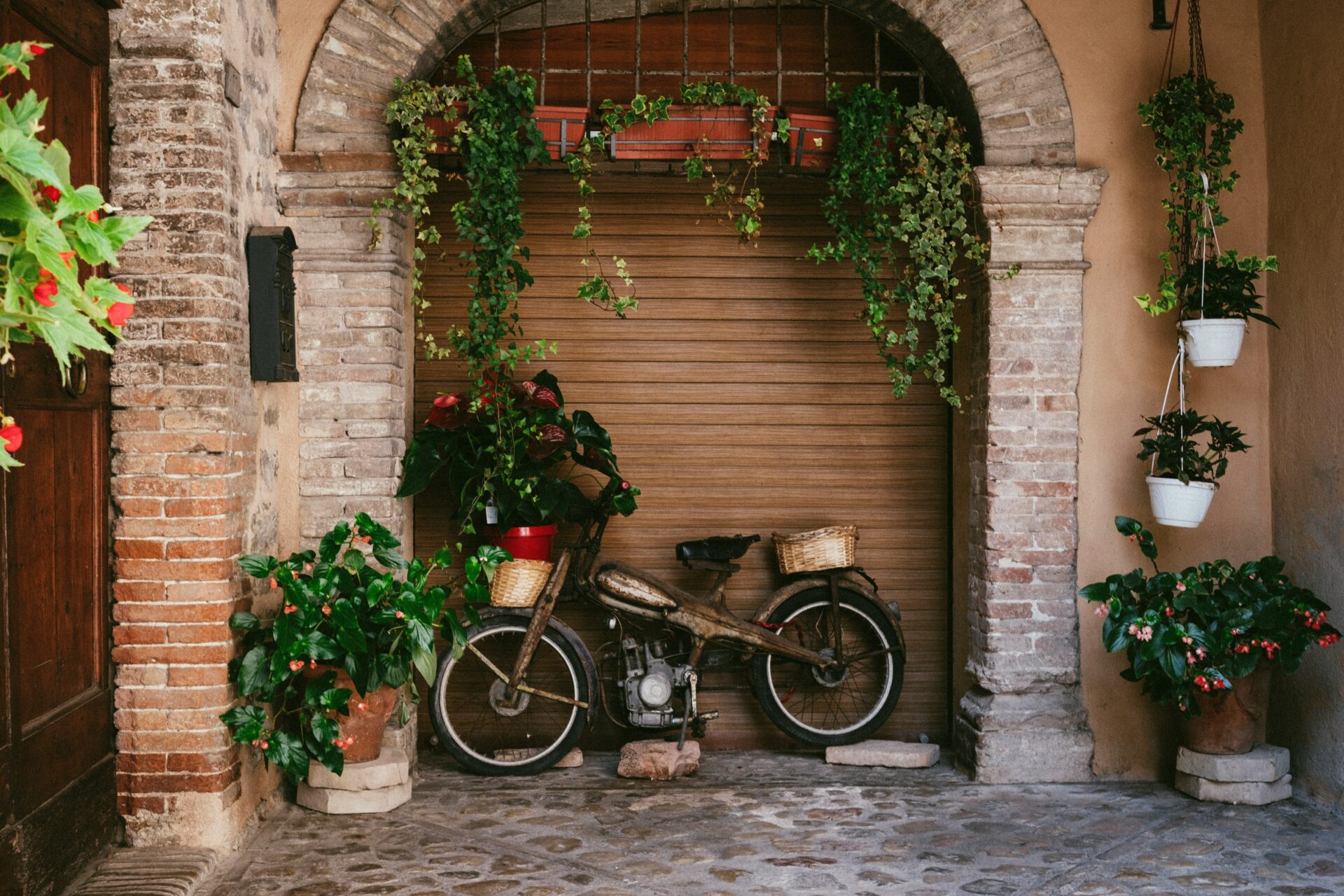
Beyond the Petals: Discovering Spello
While flower carpets first drew me to Spello, the town itself became an unexpected treasure that kept me lingering long after the petals were swept away. Its narrow streets hide culinary gems and historical wonders that reward those who venture beyond the festival crowds.
Local Gastronomy
The aromas of Umbrian cuisine pulled me into tiny trattorias tucked along cobblestone alleys. Spello’s olive oil, often dubbed “green gold,” has a peppery finish I’ve never tasted elsewhere. I watched locals dip crusty bread into it at every meal—a ritual I quickly adopted.
Most memorable was a dinner at a family-run restaurant where Nonna still makes handmade strangozzi pasta tossed with black truffles foraged from nearby forests. The simplicity was stunning.
Wine lovers should seek out Sagrantino, the robust red that pairs perfectly with the region’s hearty fare. Many vineyards around Spello offer tastings with sweeping valley views.

Historical Landmarks and Hidden Gems
Spello’s ancient walls, built during Roman times, frame the town like a protective embrace. Walking along them gave me breathtaking panoramas of olive groves and vineyards stretching toward distant hills.
The Baglioni Chapel inside Santa Maria Maggiore Church houses Pinturicchio frescoes that left me speechless. I spent an hour studying the vibrant colors that have survived since the 1500s.
My favorite discovery was an unmarked Roman arch at the edge of town. No tourists, no signs—just magnificent ancient stonework silhouetted against the Umbrian sky. A local showed me the worn Latin inscriptions nearly invisible to untrained eyes.
Don’t miss Villa dei Mosaici with its recently uncovered Roman floor mosaics. I visited early morning when sunlight streamed through windows, bringing the ancient scenes to life.
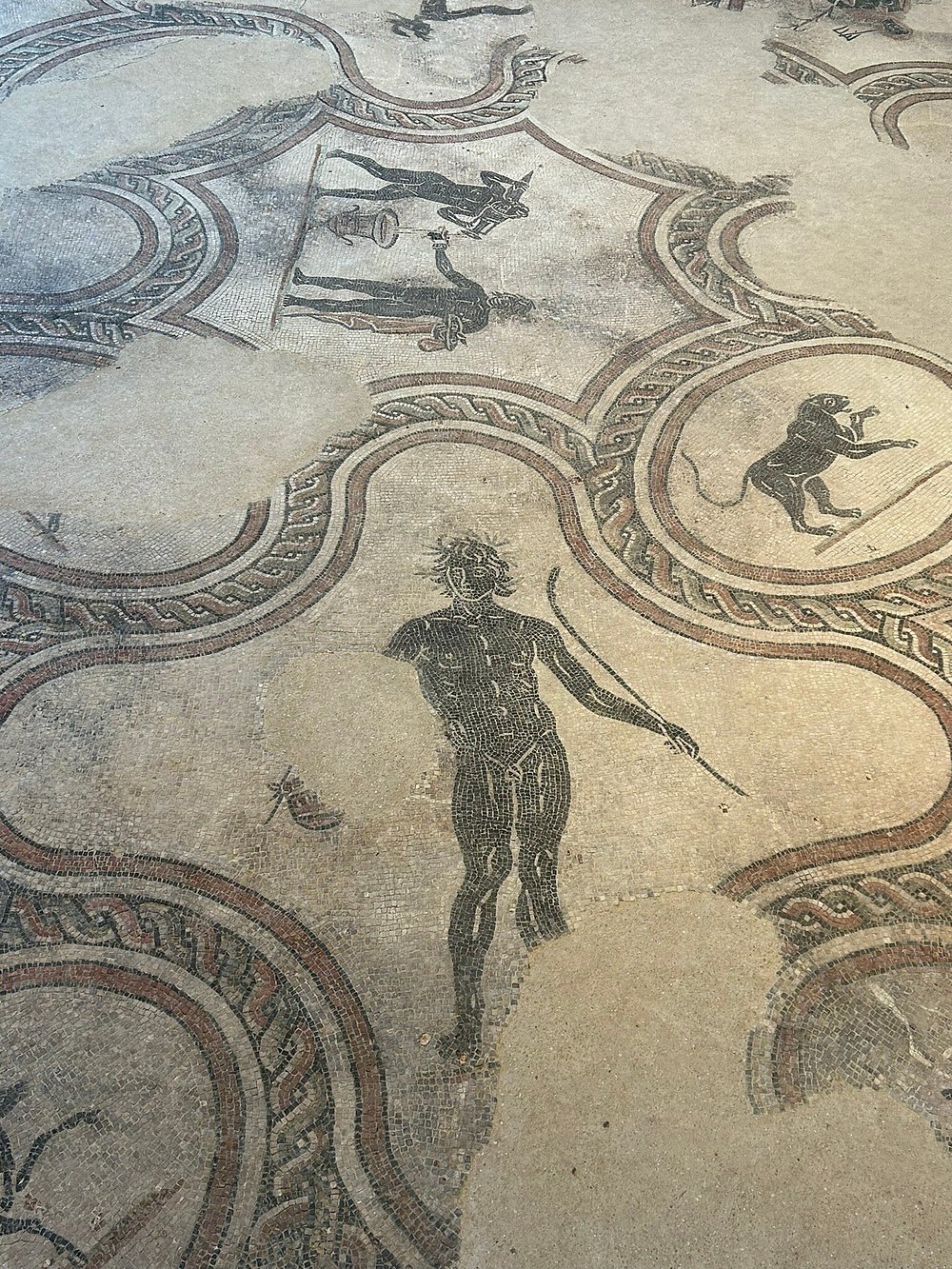
Capturing the Moment: Photography Tips
Taking photos at Spello’s Infiorata is both a joy and a challenge. The stunning floral displays deserve to be captured well, but the crowds and lighting conditions can make it tricky to get that perfect shot.
Best Spots for Snapshots
I found that arriving early morning, around 6-7 AM, provided the best light and smallest crowds for photography. The golden hour light makes the flower petals glow with warm tones that my camera absolutely loved.
For wider angles, I recommend heading to the upper streets of Spello. From these elevated positions, I could capture entire floral carpets stretching down the narrow medieval lanes.
Several balconies along Via Cavour offer spectacular overhead views. Sometimes friendly locals allowed me to use their windows for quick shots—a simple, polite request in basic Italian often worked wonders!
Try different perspectives too. Getting low to the ground helped me capture intricate details of the petal work that I would have missed from standing height.
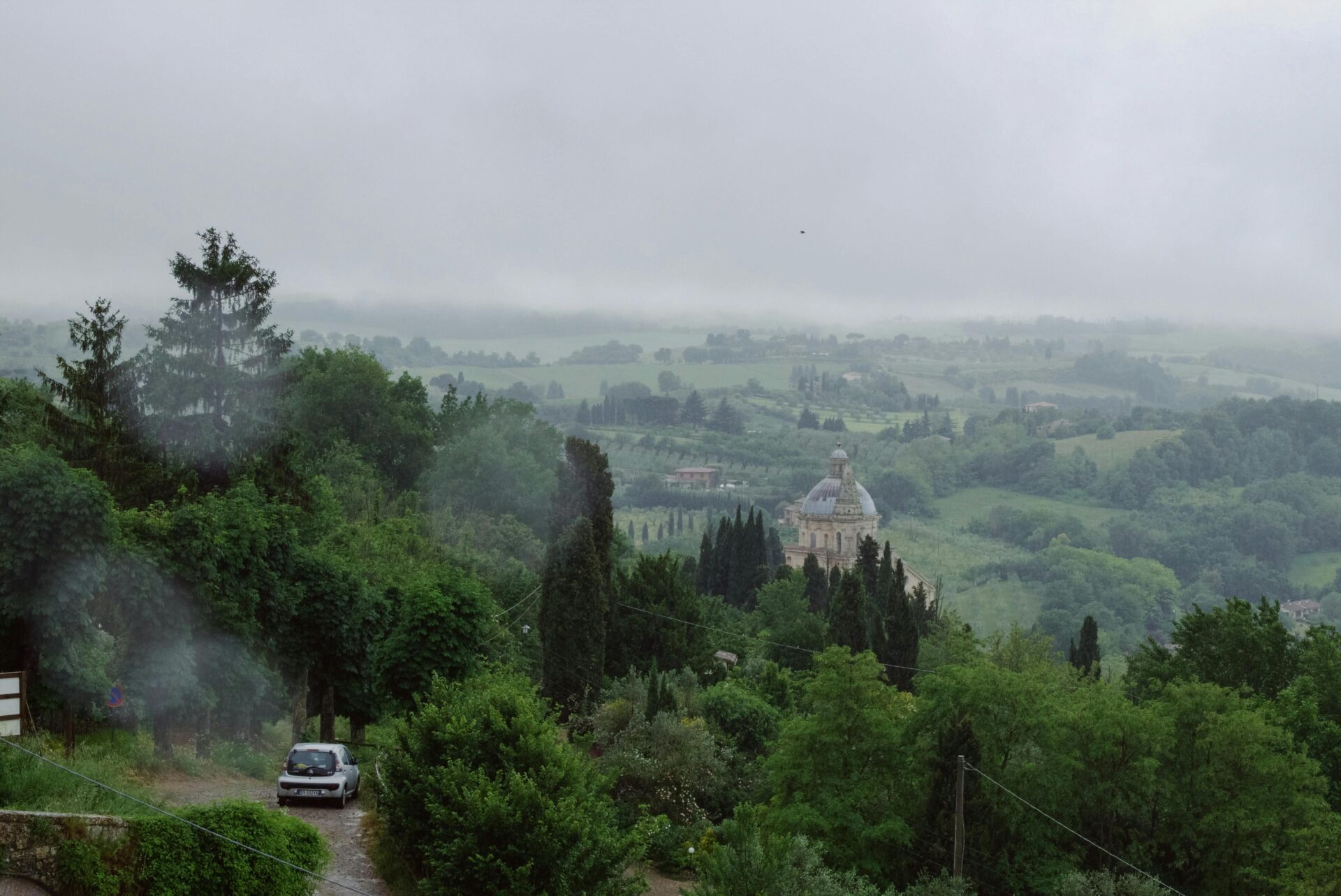
Etiquette and Considerations
Remember that these floral masterpieces take days to create. I always kept a respectful distance from the artwork. I never stepped on or touched the displays, no matter how tempting for that perfect angle.
Flash photography can damage the delicate petals, especially in the early morning when they’re still dewy. I turned my flash off. Then, I adjusted my camera settings for natural light instead.
Be mindful of other visitors trying to enjoy and photograph the festival. I often waited patiently for my turn at popular spots rather than pushing through crowds.
Morning visits let me photograph with fewer people. But joining the procession provided unique moments of community celebration that were worth capturing too.

